High glucose induces an activated state of partial epithelial-mesenchymal transition in human primary tubular cell cultures
- PMID: 36827456
- PMCID: PMC9956654
- DOI: 10.1371/journal.pone.0279655
High glucose induces an activated state of partial epithelial-mesenchymal transition in human primary tubular cell cultures
Abstract
Tubulointerstitial fibrosis is observed in diabetic nephropathy. It is still debated whether tubular cells, undergoing epithelial-mesenchymal transition (EMT) in high glucose (HG) conditions, may contribute to interstitial fibrosis development. In this study, we investigated the phenotypic and molecular EMT-like changes and the alteration of inflammatory and fibrogenic secretome induced by HG in human primary tubular cell cultures. Taking advantage of this in vitro cell model composed of proximal and distal tubular cells, we showed that HG-treated tubular cells acquired a fibroblast-like morphology with increased cytoplasmic stress fibers, maintaining the expression of the epithelial markers specific of proximal and distal tubular cells. HG increased Snail1, miRNA210 and Vimentin mesenchymal markers, decreased N-cadherin expression and migration ability of primary tubular cells, while E-cadherin expression and focal adhesion distribution were not affected. Furthermore, HG treatment of tubular cells altered the inflammatory cytokine secretion creating a secretome able to enhance the proliferation and migration of fibroblasts. Our findings show that HG promotes an activated state of partial EMT in human tubular primary cells and induces a pro-inflammatory and pro-fibrogenic microenvironment, supporting the active role of tubular cells in diabetic nephropathy onset.
Copyright: © 2023 Torsello et al. This is an open access article distributed under the terms of the Creative Commons Attribution License, which permits unrestricted use, distribution, and reproduction in any medium, provided the original author and source are credited.
Conflict of interest statement
The authors have declared that no competing interests exist.
Figures
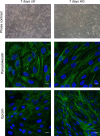
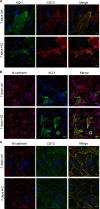
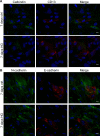
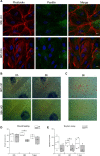
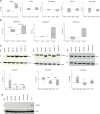

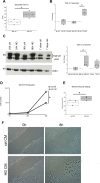
References
Publication types
MeSH terms
Substances
LinkOut - more resources
Full Text Sources
Medical
Research Materials

